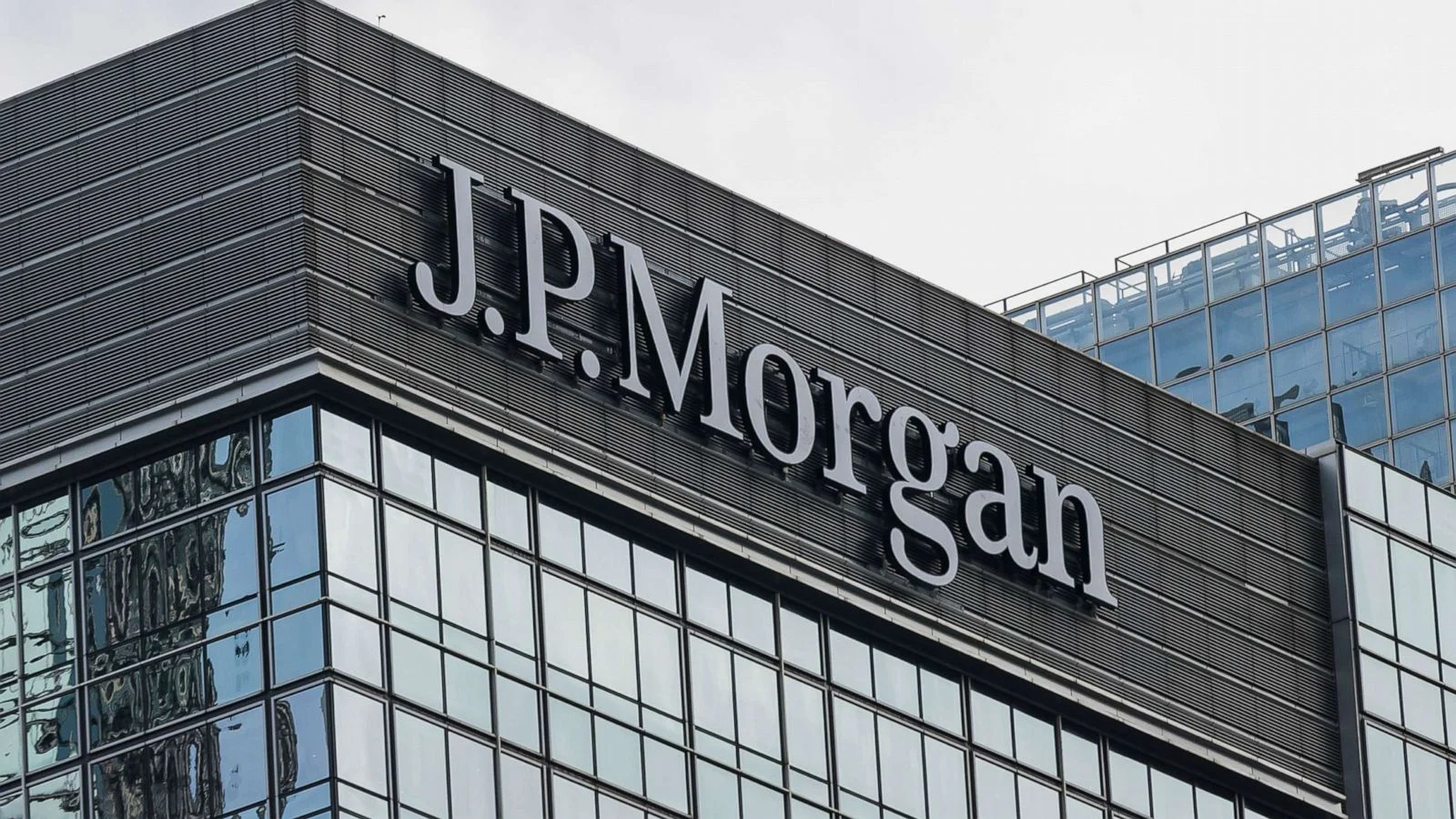JPMorgan analysts warn that Tether, the largest stablecoin by market cap, could lose its edge over other stablecoins as global regulators tighten transparency and anti-money laundering rules.

Tether (USDT) is a stablecoin that claims to be backed by the US dollar at a 1:1 ratio. Tether is widely used in the crypto market as a medium of exchange, a store of value, and a source of liquidity and collateral. The coin has the largest market cap among all stablecoins, with over $60 billion as of press time.
Tether’s popularity stems from its availability on multiple blockchains, such as Ethereum, Tron, and Solana, its integration with various crypto platforms, such as exchanges, wallets, and decentralized applications, and its perceived stability and reliability compared to other stablecoins.
Tether faces regulatory challenges and risks from various authorities and jurisdictions as they seek to impose more transparency and compliance on stablecoins. According to a report by JPMorgan analysts led by Nikolaos Panigirtzoglou, Tether’s appeal relative to other stablecoins will likely diminish as regulations require more disclosure and adherence to new anti-money laundering standards.
The report said that while direct legal actions against offshore entities and decentralized firms are complex, indirect measures and international cooperation could potentially hinder the usage of Tether. The report added that stablecoin regulations, particularly, are set to be coordinated globally via the Financial Stability Board (FSB) across the G20, further constraining the usage of unregulated stablecoins such as Tether.
Tether has come under pressure to be more transparent about how its reserves are invested, and has been working toward publishing real-time data. However, JPMorgan says the latest disclosures by the stablecoin issuer are not enough to reduce concerns. The report said that Tether’s reserves are still largely composed of commercial paper, which is a short-term debt instrument that is not very liquid or transparent.
The regulatory threats negatively affect Tether’s dominance and reputation, as they raise doubts and fears among the investors and traders. Tether’s market share among stablecoins has declined from over 80% in 2018 to about 55% in 2021, according to CoinGecko data. Tether’s dominance could further erode as more regulated and transparent stablecoins, such as USDC and BUSD, gain traction and adoption in the crypto market.
The regulatory threats also tarnish Tether’s reputation, as they expose the potential risks and vulnerabilities of the stablecoin. Tether has faced several lawsuits and investigations in the past, such as the New York Attorney General’s probe, which resulted in an $18.5 million settlement and an agreement to stop operating in New York.
Tether has also been accused of manipulating the Bitcoin price, inflating its supply, and lacking sufficient backing for its tokens.
Tether’s CEO Paolo Ardoino has defended the stablecoin against the regulatory threats and criticisms, saying that Tether is fully backed, compliant, and transparent. He also said that JPMorgan’s claim that Tether’s dominance was bad for the crypto ecosystem was hypocritical, coming from the biggest bank in the world.
